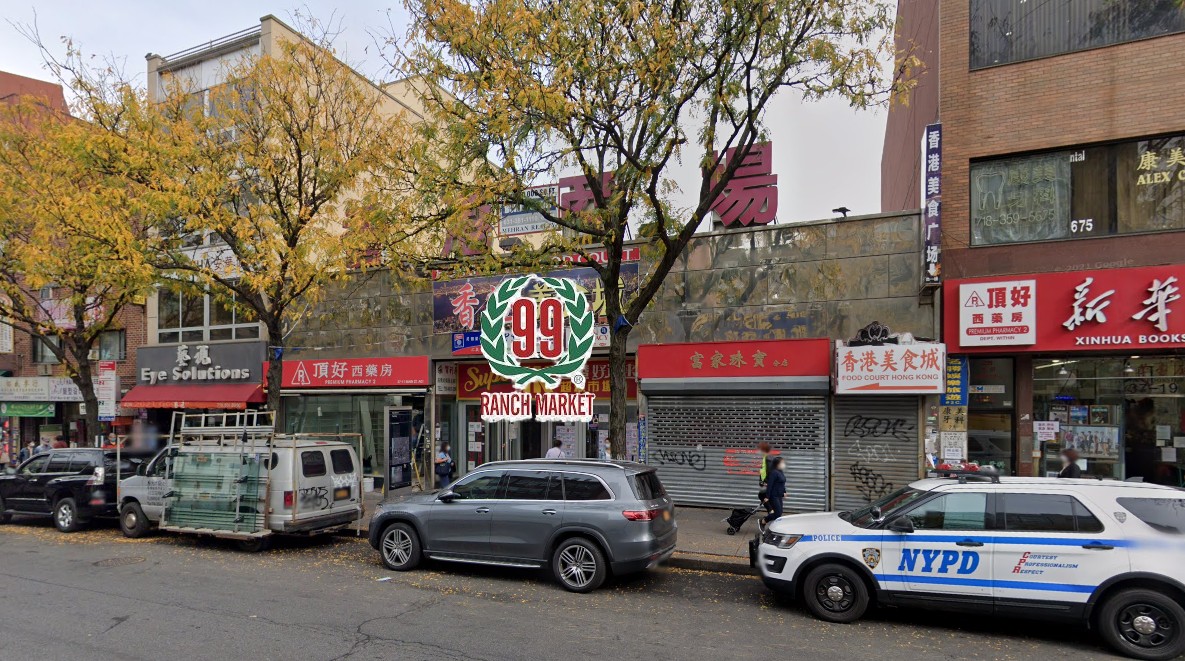Being a New Yorker in Stockholm is like being a kid away for the summer courtesy of the Fresh Air Fund: Suddenly, you’re in a healthier and prettier place where everyone seems to live a lot better and have a lot more money than you do.
Old ships and tour boats (the canal tour is worth taking, incidentally) glide like needles through this sparkling, water-bound city, which is studded with castles and architectural gems. It’s easy to get around by boat, bike, foot or train. The Stockholm subway system — 100 stations sporting roomy, well-lit platforms providing entry to virtually noiseless trains with upholstered seats — is so clean you could dine on the rails. A ride is about twice as expensive as one on our MTA, but a ticket also buys access to the world’s largest underground art museum, with remarkable sculptures and tiled designs making every trip a visual inspiration.
Almost everyone in Sweden’s capital speaks English, as Swedes — who not only have an excellent socialized medical system, but enjoy free higher education — are bilingual at minimum.
For perfection in city living (and visiting), you could do much worse than Stockholm.
Where to stay
The Hotel Anno is a centrally located hotel that’s made out of two joined private homes in trendy Södermalm. STF Hostels (sven skaturistforeningen.se/en) are also highly regarded throughout Sweden and a good option for budget travelers. One fun one is the af Chapman, which provides cabins on a 19th century boat moored in the center of the city.
Where to eat
Top spots include Lebanon Meza Lounge (Hamngatan 6), for a tasty lunch buffet bargain of Middle Eastern meats, salads and side dishes for 100 SEK (under $20) per person; Restaurang Prinsen (Mäster Samuelsgatan 4), a good place to splurge on traditional, seasonal Swedish fare; and Östermalms Saluhall (ostermalm shallen.se), a centrally-located indoor emporium that’s a must-stop for serious foodies. Budget travelers would be better off having a hearty lunch and eating in for dinner, as eats are cheap in grocery stores such as Lidl, the discount German supermarket chain, while restaurants tend to be pricey. Just make sure to purchase any liquor you plan on drinking with home-cooked meals before the weekend. The spigot turns off nationwide early Saturday afternoon when state liquor stores are closed until Monday morning.
Where to shop
Thrift shopping in Södermalm, Stockholm’s Boho area of cafes, boutiques and delicious cafes, is fantastic. At Emmaus Stockholm Vintage (Götgatan 14), I scored an amazing array of old Swedish military and athletic medals from between 1903 and 1941 for about $9 apiece, and a circa 1840s stunning sterling and crystal perfume decanter for $20. Other stores to check out in the ‘hood include Beyond Retro (Åsögatan 144) and Judits: Second Hand (Hornsgatan 75).
And don’t miss ?
Stockholm is stock-full of fascinating museums, from the world-class photography museum Fotografiska (fotografiska.eu) to the museums at the humongous Royal Palace, or Kungliga Slottet (kungahuset.se). It’s also worth taking a guided tour of Hallwylska Museet (hallwylska museet.se), a kooky and slightly kinky 19th century palace created by a wealthy hoarder. Tour guides garbed in period mufti open the doors to chambers closed to the unescorted public, such as a locked jewels room, where you’ll see the gold bracelet Countess Wilhelmina von Hallwyl had embedded with her daughters’ milk teeth, and the coach house, which still houses the countess’ 1915 Mercedes. Just make sure to time it right — English language tours are only offered once a day in summer, and weekly in Winter.
Take a detour to Tallinn
A detour to Tallinn, Estonia — a storybook medieval walled city of cobblestone streets and magnificent gothic buildings — is easy and fun thanks to the Tallink ferry, which offers a 15-17-hour overnight trip from Stockholm through Sweden’s gorgeous archipelago. To save money, change your dollars or Swedish kroners to euros before departure and pack food for the trip to avoid the ferry’s pricey restaurants.
The ferry moors mere blocks from Tallin’s must-see Old Town, so booking a hotel within walking distance from there is advised. The PK Ilmarine (pkhotels.eu) provides a serviceable, convenient room and an impressive, tasty breakfast buffet. Another option is the quirky, well-located St. Olav Hotel (olav.ee), a quirky mix of the ancient past and pop culture.
After finding a room, your first stop should be the Tallinn Tourist Office off the main square at Niguliste 2 for your Tallinn Card, which provides free transportation and access to almost all major attractions. A one-day card costs 24 euros (about $32) and includes a free, comprehensive bus and walking tour in English, during which you can learn about Estonia’s astonishing 5,000-year history of invasions, occupations and development as a tech-savvy modern nation (free Wi-Fi is the rule everywhere!) after shaking off Soviet occupation in 1991.
Hungry? Restaurants and cafes abound in the Old Town’s main square, serving everything from “Irish” fish ‘n’ chips (Mad Murphy’s) to classic Estonian dishes (Liisu Juures). But for a great meal at disarmingly low prices, head outside the Old Town gates toward the old fishing harbor to Klaus Kohvik, a friendly little restaurant inside the renovated complex at Kalasdama 8 (try the transcendent raspberry, currant and peppermint smoothie and a yummy black sesame-encrusted tuna salad with quail eggs).
Old Town’s ubiquitous array of “antik” stores, textile stands and tchotchke shops will surely tempt visitors. But to save on chocolate, sour cherry syrup, marzipan and other Estonian specialties, check out a Rimi Supermarket (there’s one at Aia 7, near Inseneri). For the very best of Estonian modern designs in fashion, accessories, toys, jewelry and housewares, save your euros for the innovative offerings at the collectivist Estonian Design House (also at Kalasdama 8).





































